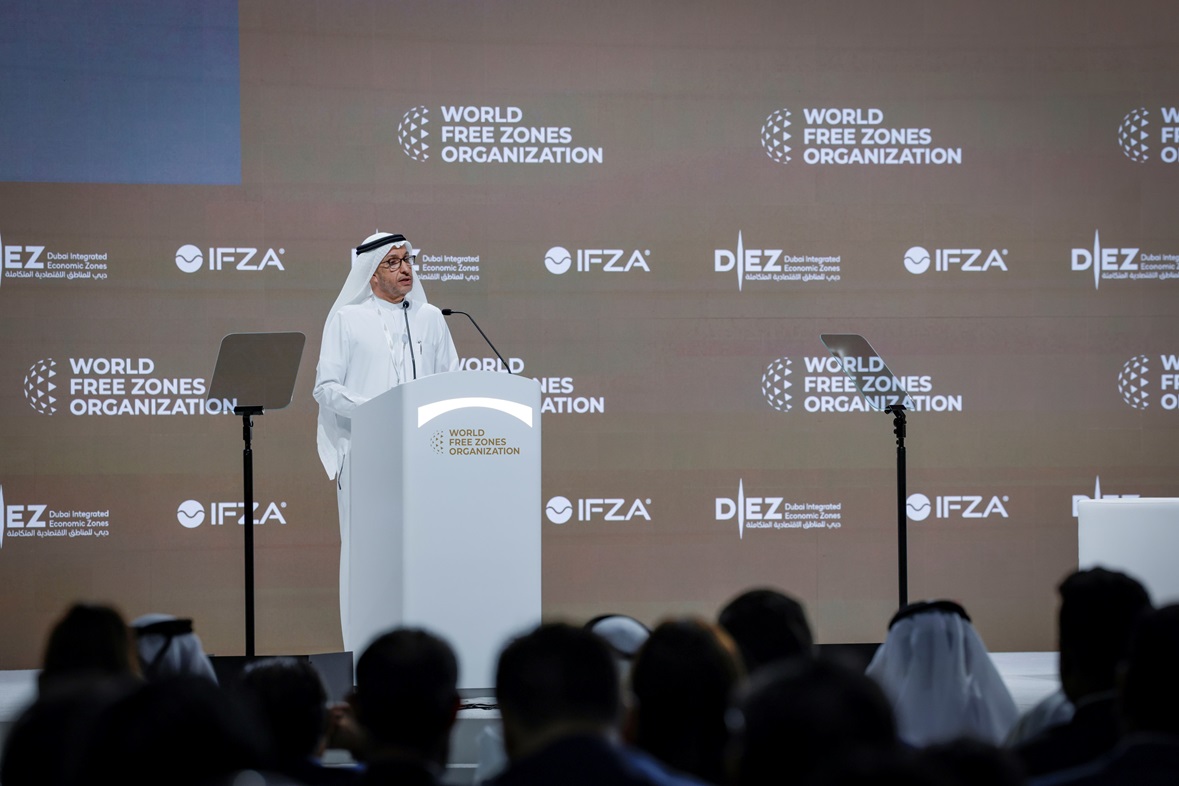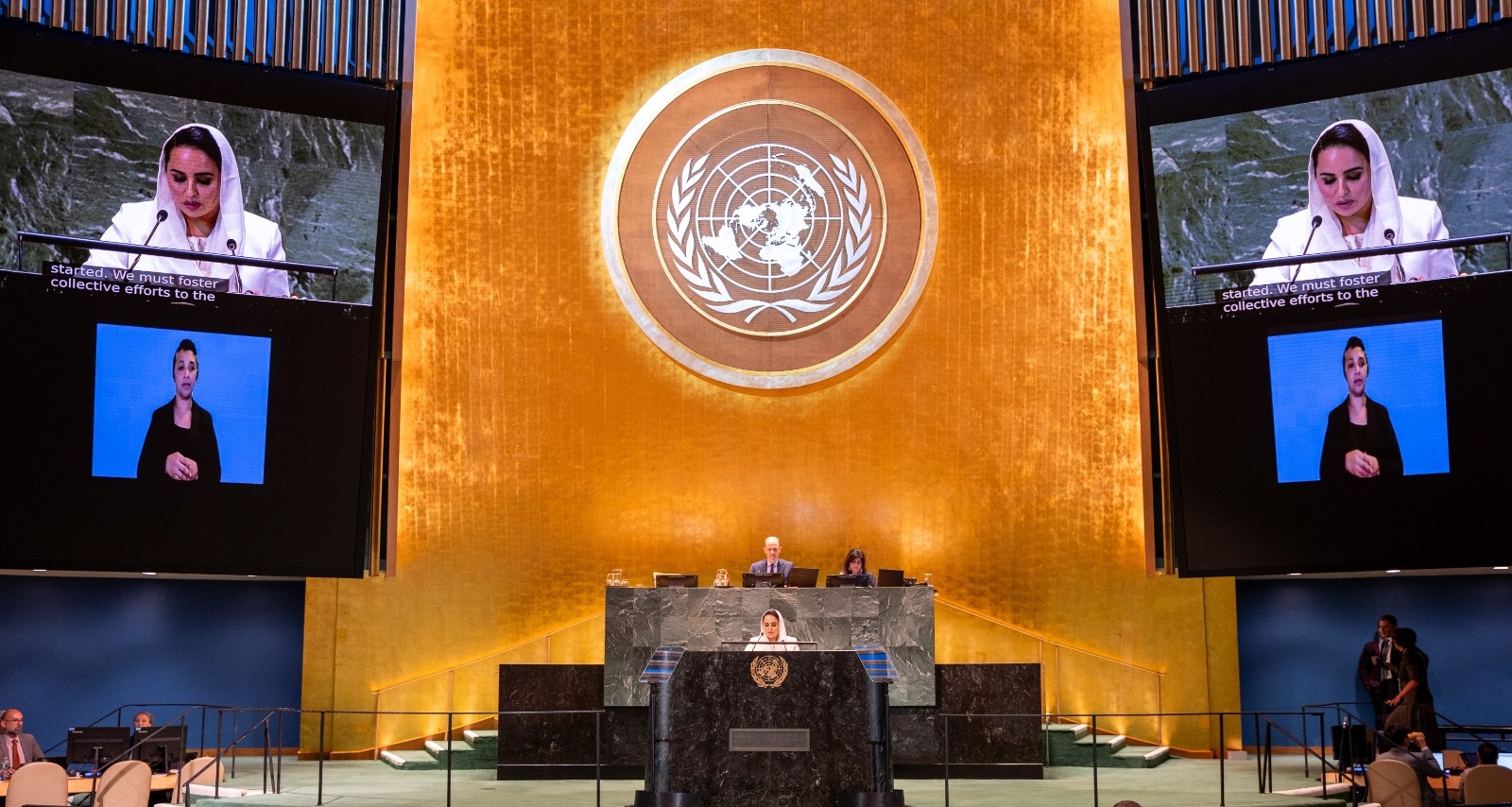DUBAI, 21st February, 2023 (WAM) – Mohammad Al Gergawi, Chairman of the Museum of the Future, announced that the museum has achieved a significant milestone by receiving more than one million visitors from 163 countries in its first year of operation since its official opening. This marks a remarkable achievement in Dubai and the UAE's commitment to imagining, inspiring and designing the future.
Al Gergawi expressed his satisfaction with the museum's achievement, which is in line with the museum's pledge to host one million visitors in its first year. He also emphasised the importance of future foresight and the role it plays in realising the vision of His Highness Sheikh Mohammed bin Rashid Al Maktoum, Vice President and Prime Minister of the UAE and Ruler of Dubai, who has transformed the designing and creation of the future into a complete institutional framework.
Al Gergawi also highlighted the museum's contribution to shifting the traditional view of museums and establishing its significance in harnessing future foresight. The museum has become a global symbol of the future, attracting top experts, scientists, great minds, and architects of the future, along with prominent international institutions that foresee the future.
Moreover, the Museum of the Future has helped Dubai reinforce its global position as a city of the future while embodying a successful global model. Al Gergawi added that the museum sends an important message from the UAE to the world, emphasising the importance of more positive collaboration and action for the benefit of future generations.
In conclusion, the Museum of the Future has proven to be an innovative and significant institution that has contributed to advancing science and knowledge-sharing. It has also played a significant role in realising the vision of His Highness Sheikh Mohammed bin Rashid Al Maktoum and positioning Dubai as one of the top cities of the future.
Since its opening, the Museum of the Future has become a centre for global discussions, collaborations, and innovation in various futurist-specific sectors. It has hosted more than 180 local, regional, and international events, including conferences, forums, and activations related to technology, entrepreneurship, economy, space, tourism, and culture, and received over 1,000 international dignitaries, ministers, officials, and experts, including around 20 heads of government and official delegations from different countries.
The Museum of the Future has also achieved ten international awards for its quality of museum content, future sciences, and architectural design, and attained the LEED Platinum certification for sustainable and environmentally friendly design, construction, and operation. It has hosted representatives of international institutions and organisations, such as the World Intellectual Property Organisation, the International Monetary Fund, and the United Nations Human Settlements Programme.
Through the Future Talks series, the museum has led global discussions and invited some of the most prominent visionaries and thought leaders in the world, including Professor Greg Clark, Global Head of Future Cities and New Industries at HSBC Group, and actor and IFAD Goodwill Ambassador, Idris Elba.
The Museum of the Future has established itself as a center for futurists across various sectors in the region and the world, investing in the creative minds of the Arab region and embracing ideas, projects, initiatives, research, and studies that accelerate Arab scientific development and create a better future for the people of the region.
The museum provides visitors with the unique opportunity to witness potential future scenarios for humanity, using advanced technologies such as artificial intelligence, interaction between humans and machines, and a journey-based narrative to showcase potential life aboard a space station and a reimagined landscape of Dubai and the world in the year 2071.
Standing at 77 metres high and extending over an area of 30,000 square metres, the Museum of the Future is an engineering marvel that connects the past to the future through its architectural style, appealing to innovative thinkers and future-curious visitors from around the world.

 World3 years ago
World3 years ago
 World3 years ago
World3 years ago
 Business11 months ago
Business11 months ago
 Entertainment7 years ago
Entertainment7 years ago
 World7 years ago
World7 years ago
 Entertainment7 years ago
Entertainment7 years ago





